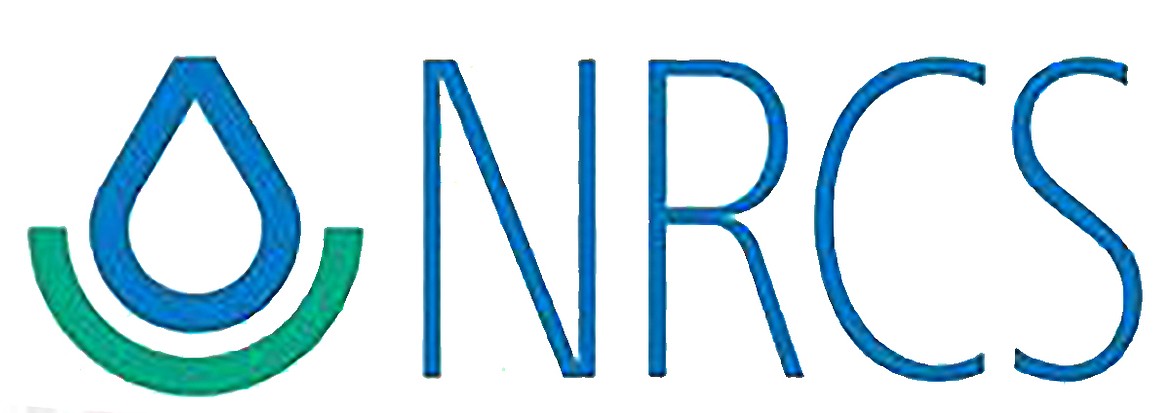North Idaho water supply outlook looking up
▶️ Listen to this article now.
COEUR d’ALENE — While April’s gray and rainy conditions didn’t do much to get people outside, they did improve Idaho’s summer water supply outlook.
But perhaps not enough.
“The wet and cold April brought sighs of relief across Idaho as storms brought more snow and rain to our drought-afflicted region,” according to the May Natural Resources Conservation Service report released Friday. “Last month it looked as though peak snowpack had come very early across the state. Thankfully, the colder than usual temperatures slowed down snowmelt runoff, and at higher elevations, we saw the snowpack continue to increase."
But despite that good news, peak snowpack continues to be below to well below normal across all basins, the report said, and that's bad.
It said it looks like water supplies “will continue to be restricted in many watersheds this irrigation season and that drought conditions will persist.”
Gov. Brad Little recently approved an emergency drought declaration for 34 of Idaho’s 44 counties.
The counties in the drought declaration cover the lower two-thirds of the state. Officials said all Idaho counties south of the Salmon River are experiencing below-normal snowpack conditions, according to the Associated Press.
Additionally, streamflow forecasts in that area are 50% to 78% below average. Officials also said many reservoirs are well below capacity.
The emergency declaration allows temporary water rights changes for the rest of the year and could help with federal drought assistance.
The summer water supply outlook for North Idaho is a little clearer, thanks in part to a record 10.1 inches of snow in April in Coeur d'Alene, 3.22 inches of rain, nearly double the normal of 1.77, and an average daily temperature of 42 degrees, making it the fifth-coldest April on record.
For the Panhandle basins, NRCS reported that while snowpack is 100% to 110% of normal, the seasonal peak snowpack was just below normal at 90% for the season.
The NRCS said peak snowpack “is important because it represents the total amount of water available for springtime runoff, which greatly contributes to our water resources in North Idaho and much of the Western United States.
"The amount of water that makes it from the snowpack into the local rivers, reservoirs and aquifers depends on many things, but it is largely dictated by springtime air temperature and precipitation," the report said.
Climatologist Cliff Harris has said he expects a cooler, wetter spring in North Idaho, which is what is needed, according to the NRCS.
“If a cool and wet spring persists, it will help promote continued runoff and normal streamflow into the dry season,” the report said.
Lakes in the Panhandle are at 70 to 95% of normal storage. Lake Coeur d’Alene is at 81%, Pend Oreille at 94%, and Priest Lake at 72% of normal. Streamflow forecasts for May through July range from 90 to 115% of normal.

